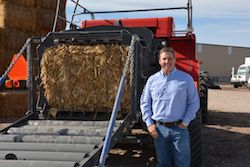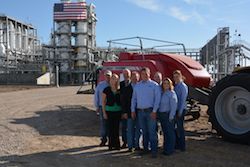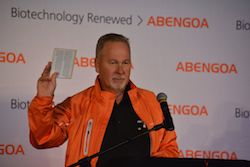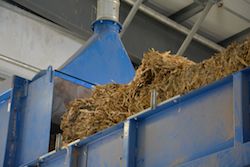The Ansell factory complex in Biyagama, Sri Lanka has installed its second biomass boiler as part of company initiatives to be greener. The new boiler has a capacity of 12.5MW and will be the largest hot water boiler in Sri Lanka. Ansell Lanka already has a 10.5MW boiler installed at its premises, which reduced CO2 emissions by 11,000 MT per annum. From 2004 to 2012, CO2 emissions have been reduced by 36 percent across all of Ansell’s manufacturing facilities, with the global CO2 emission rate from 2013 to 2014 alone reduced by 6 percent. The company anticipates the reduction of a further 14,000 MT of CO2 emissions annually as furnace oil consumption will now be reduced to the bare minimum.
 “This project represents another step forward in Ansell’s business strategy to conducting business ethically, transparently, and in ways that produce social, environmental, and economic benefits for communities around the world,” said Steve Genzer, senior vice president of global operations at Ansell. “We would like to thank the government of Sri Lanka for its continued support, and the more than 4,000 Ansell employees who are the driving force of implementing these green programs.”
“This project represents another step forward in Ansell’s business strategy to conducting business ethically, transparently, and in ways that produce social, environmental, and economic benefits for communities around the world,” said Steve Genzer, senior vice president of global operations at Ansell. “We would like to thank the government of Sri Lanka for its continued support, and the more than 4,000 Ansell employees who are the driving force of implementing these green programs.”
The announcement is part of the company’s Green Productivity program, focused on energy management, and implemented within manufacturing operations across Ansell. Energy management at Ansell focuses on achieving the most efficient and effective use of energy and simultaneously reducing greenhouse gas emissions. Programs that have been implemented include the installation of equipment to recover energy from flue gas emitted from boiler chimneys as an energy source to heat water, the installation of energy efficient equipment to provide chilled water for manufacturing site cooling systems and the conversion of fossil fuels to renewable energy sources.
“While the forward progress made in the last 10 years has been incredible, this is only the tip of the iceberg in how Ansell will be doing business differently in the years to come,” added Genzer. “Ansell is committed to a number of sustainable and practical initiatives that are designed to make a positive and lasting contribution to the markets it serves and the community in general.”










